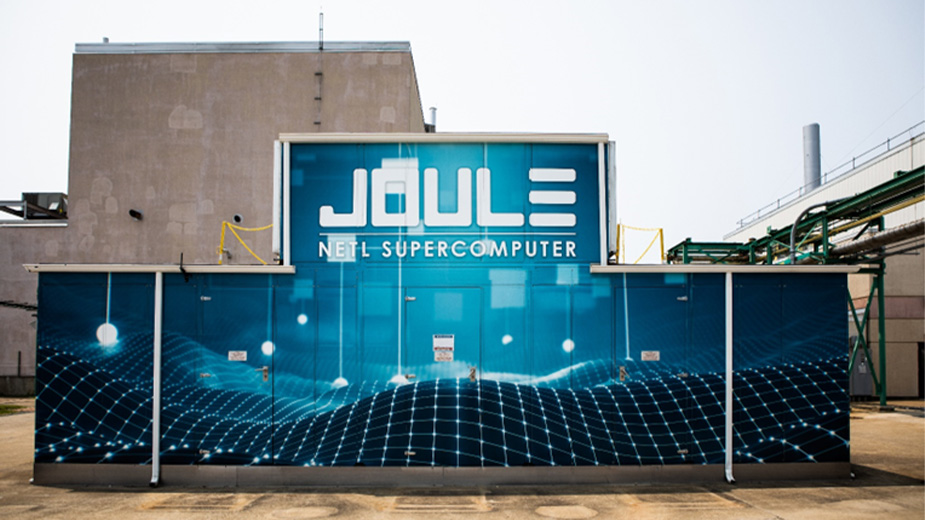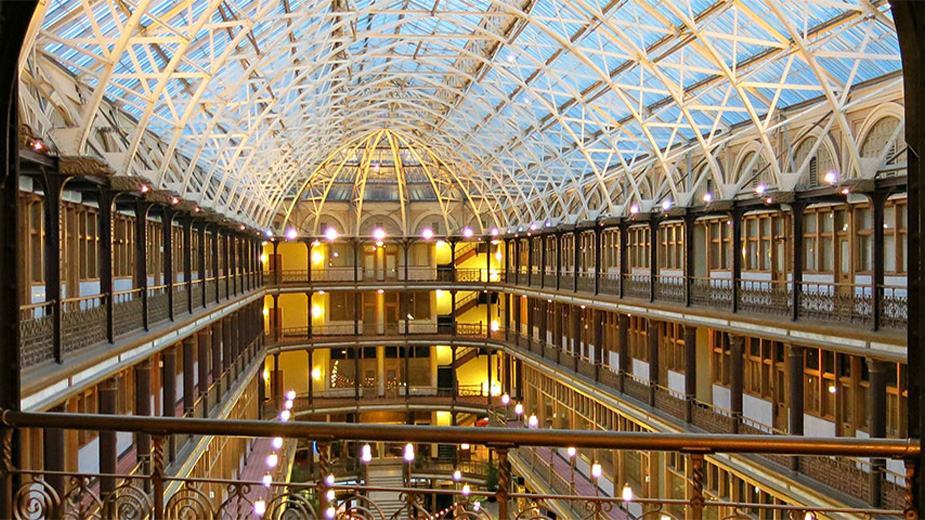Ohio Officials Tour National Energy Technology Laboratory Sites
PITTSBURGH, Pa. – Representatives from the Ohio Department of Development were among the visitors from the National Association of State Energy Officials who recently got a first-hand look at the technologies at National Energy Technology Laboratory campuses.
NETL hosted tours at its Morgantown, West Virginia, and Pittsburgh sites on Aug. 8 and 9, respectively.
Also touring the sites were representatives from the Pennsylvania Geological Survey, West Virginia University Institute for Sustainability and Energy Research, North Dakota Department of Commerce, Virginia Department of Energy and Indiana Office of Energy Development, among others.
“With so many attendees from so many states, these tours were the perfect opportunity to not only showcase NETL’s capabilities to the entire nation, but also a chance to understand the various energy challenges faced in different regions and how the lab can help address them,” said Tom Sarkus, senior managerial and technical advisor, science and technology, strategic planning and programs at NETL.
Tour stops included systems and technologies at the forefront of NETL’s efforts to decarbonize the U.S. power sector and economy.
“The stops on these tours represented the cutting edge of the lab’s research,” Sarkus said.
One such stop was the Reaction Analysis & Chemical Transformation facility, where researchers are advancing the science needed to optimize energy conversion. The ReACT facility, home to the lab’s Center for Microwave Chemistry, is exploring new areas of chemistry and physics by using microwave reactions to convert carbon dioxide into useful products, synthesize ammonia and generate hydrogen while also producing polymer, plastic conversion and synthetic fuels.
The visitors also saw the lab’s Joule 2.0 supercomputer, along with advanced visualization centers that serve the lab’s research and development needs.
Supercomputing provides the foundation of NETL’s research efforts, and NETL maintains supercomputing capabilities to support its research to meet clean energy goals calling for net-zero carbon emissions in the electricity sector by 2035 and economy-wide net-zero emissions by 2050.
Supercomputing allows NETL researchers to simulate phenomena that are difficult or impossible to measure and observe.
Other demonstrations on the two tours included:
- Creating Options for CO2 Utilization, which develops and evaluates emerging technologies that convert C02 emissions into value-added products.
- NETL Critical Minerals Research, which explores the economic feasibility of recovering rare earth elements from domestic U.S. coal and coal byproducts. Research is focused on developing process designs that minimize or reduce the environmental, safety and health impacts of radioactive and other byproducts, as well as optimizing the overall economics of the separation and recovery process.
- Multiphase Computational Fluid Dynamics Modeling, which uses simulations to generate information beyond the reach of experiments alone, enabling prediction of the properties and performance of yet-to-be-synthesized materials and yet-to-be-built devices and systems.
- NETL’s Multiphase Flow Analysis Laboratory, which uses 3D printing capabilities for rapid prototyping of novel test rigs for measuring complex multiphase flow behavior to support model development and validation.
NETL is a U.S. Department of Energy national laboratory that focuses on innovation and technological solutions for an environmentally sustainable and prosperous energy future.
Pictured at top: The tours included a look at NETL’s Joule 2.0 supercomputer. (National Energy Technology Laboratory)
Published by The Business Journal, Youngstown, Ohio.



